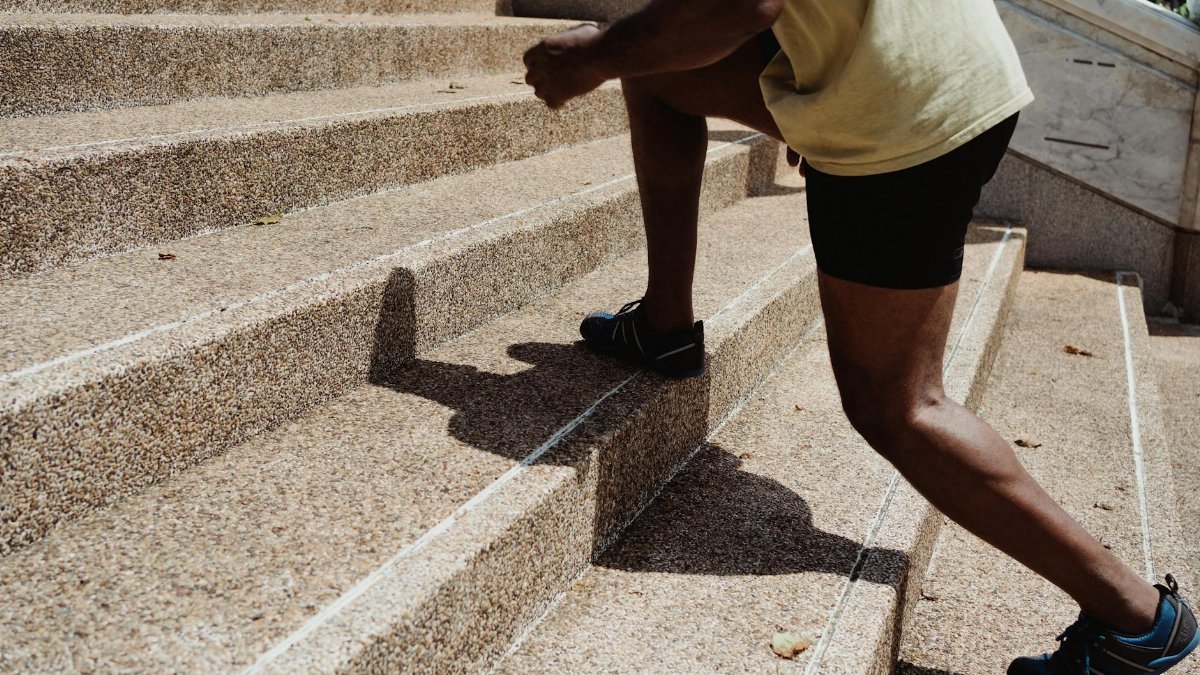Imagine standing at the edge of a vast canyon, heart pounding, as the sheer scale of the world washes over you. Now, picture capturing that same feeling—not on a grand adventure, but in the middle of your regular jog through the neighborhood. This is the essence of awe sprint running, a growing practice among runners who weave brief, intentional moments of wonder into their workouts. It’s not just about speed or endurance; it’s about pausing—sometimes for mere seconds—to soak in a stunning view or marvel at a towering tree. For many, this fusion of physical exertion and emotional uplift is transforming the mundane into the extraordinary. As more Americans lace up their sneakers in 2025, seeking not just fitness but connection, awe sprint running offers a simple yet powerful way to elevate the everyday run.
What Is Awe Sprint Running, Really?

At its core, awe sprint running blends the raw intensity of a sprint with deliberate pauses to experience awe—a deep, often humbling sense of wonder. Runners might dash at full tilt for a minute, then stop to gaze at the horizon, letting the vastness of the sky or the intricacy of nature reset their mental state. It’s not random; it’s a structured approach. Some describe it as a “30-second reset” mid-run, where the goal isn’t just to catch your breath but to reconnect with something bigger than yourself. Research from the University of California, Berkeley’s Greater Good Science Center suggests that experiencing awe can lower stress and boost well-being, even in small doses.Greater Good Science Center highlights how these moments can shift focus away from personal worries, grounding individuals in the present.
This isn’t a new-age gimmick, though. It builds on established science linking physical activity with emotional health, adding a layer of intentional mindfulness. For middle-aged runners especially, who often juggle packed schedules, this practice offers a dual benefit: a cardiovascular push and a mental breather.
The Science Behind the Euphoria

Why does awe sprint running feel so good? When you sprint, your body floods with endorphins, those natural mood-lifters. Add a moment of awe—like staring at a sprawling cityscape or a flock of birds cutting through the sky—and your brain gets an extra jolt. Studies from the National Institutes of Health show that awe can trigger the release of oxytocin, often called the “bonding hormone,” which fosters feelings of connection and calm.National Institutes of Health notes that such emotional experiences can amplify the benefits of exercise.
Then there’s the parasympathetic nervous system, which kicks in during moments of stillness and wonder, slowing your heart rate and easing tension. It’s a counterbalance to the sympathetic “fight or flight” response of a sprint. This push-pull dynamic—intensity followed by awe—can double the post-run high, leaving you energized yet serene. It’s no wonder runners report feeling “reset” after just a few cycles.
How to Weave Awe Into Your Run

Starting awe sprint running doesn’t require a marathoner’s stamina or a national park nearby. Begin with a familiar route, one where you know a striking view or natural feature awaits—a lake, a hilltop, even a striking old building. Plan a 30-second to one-minute sprint, pushing your pace hard. Then, stop. Look up or out. Take in the expanse of the world for 20 to 30 seconds. Breathe. Notice the details—the way light hits the water, or how the wind moves through leaves. Repeat this cycle three to five times during a 20- to 30-minute run.
For urban runners, awe might come from architecture or a bustling street scene. The key is intention: don’t just glance; truly see. Apps like Strava can help track sprint intervals, though the awe part is all you. Start small if you’re new to running—even a brisk walk with pauses works. The point is to pair effort with wonder.
Challenges That Might Trip You Up

Not every run will feel transcendent, and that’s okay. One common hurdle with awe sprint running is timing—sprinting hard then stopping abruptly can feel jarring, especially if you’re used to a steady pace. Your body might protest with a stitch in your side or ragged breathing. Ease into it by shortening sprint bursts at first, maybe 20 seconds, then building up. Another snag is distraction. In a busy park or city, it’s easy to lose that moment of wonder to a blaring horn or a crowded path. Scout quieter spots ahead of time, or run early when the world’s still waking up.
Then there’s the mental block. A runner in their 40s recently shared in an online discussion how hard it was to “switch gears” from pushing physically to pausing emotionally. “I felt silly just standing there staring at a tree,” they admitted. It takes practice to let go of self-consciousness and lean into the experience. Give yourself permission to feel a little awkward at first.
Impact on Mental and Physical Health

Beyond the runner’s high, awe sprint running seems to carve out deeper benefits, especially for mental health. A 2015 study published in the journal Emotion found that awe experiences, even brief ones, can reduce feelings of isolation and increase a sense of connection to others.APA PsycNet details how participants exposed to awe reported greater life satisfaction. For middle-aged adults, who often face stress from career or family demands, this practice can be a mini-escape, a way to recharge without needing a weeklong retreat.
Physically, the sprint intervals boost cardiovascular health, improving endurance and burning calories efficiently. The stops for awe don’t diminish this; they enhance recovery by letting your heart rate dip briefly before the next burst. It’s interval training with a soulful twist, aligning body and mind in a way steady-state running sometimes misses.
Why It Resonates in 2025

As Americans navigate an increasingly digital, fast-paced world in 2025, the hunger for authentic, grounding experiences grows. Awe sprint running taps into this. It’s not just exercise; it’s a rebellion against the screen-dominated day, a chance to reconnect with the tangible world. Pew Research data shows a steady rise in adults seeking “nature-based wellness” activities, with running consistently ranking high.Pew Research Center notes that over 40% of U.S. adults now prioritize outdoor fitness for mental health benefits. This practice fits squarely into that trend, offering a low-cost, accessible way to blend physical effort with emotional renewal.
Consider a suburban dad, jogging past the same strip mall daily. One morning, he sprints, then stops to watch the sunrise paint the sky over a retention pond. “It’s like I saw it for the first time,” he later said to a friend. That shift in perspective, however small, is what keeps runners coming back to this hybrid approach.
Community and Connection Through Awe

There’s something quietly communal about awe sprint running, even if you do it solo. Runners often share their “awe spots” with friends or family—pointing out a hidden meadow or a skyline view discovered mid-run. Some running clubs now incorporate awe pauses into group workouts, turning individual wonder into a shared moment. Picture a small pack of joggers, breathless after a sprint, standing together to watch fog lift off a river. No words needed, just a collective nod to the beauty before they take off again.
This shared aspect mirrors broader human needs. We crave connection—not just to people, but to place and scale. Awe sprint running, in its simplicity, offers a bridge to both. It reminds us we’re part of a larger world, one worth pausing to notice, even if just for half a minute between strides.
